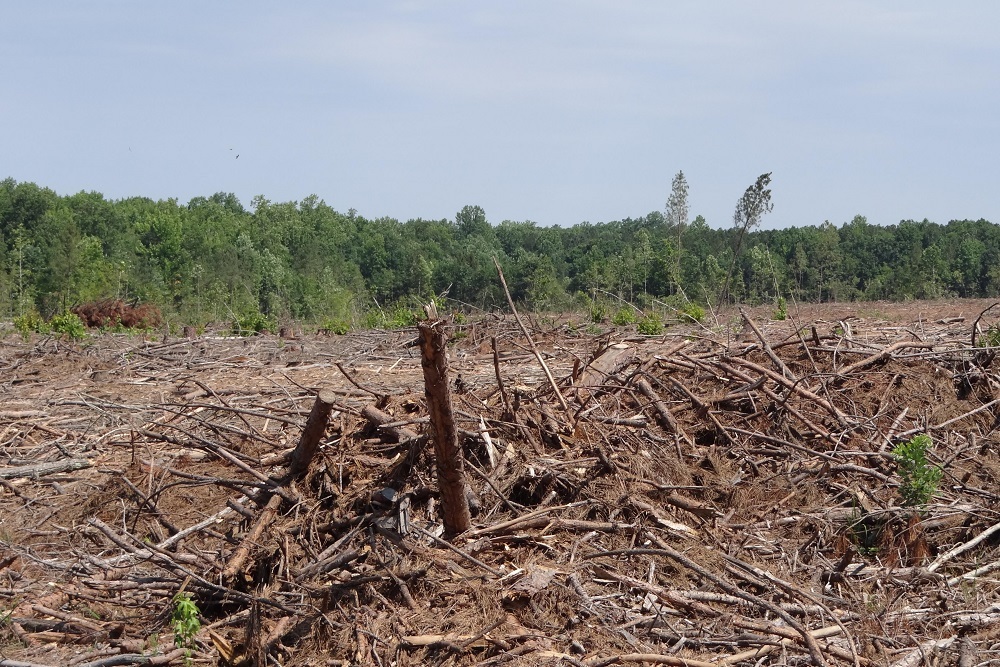Salt River Project (SRP) is testing the feasibility of using forest debris as a supplemental fuel at its Coronado Generating Station (CGS) in St. Johns.
CGS workers plan to test burn more than 2,600 tons, about 250 acres, of forest debris biomass at the plant over a 20-day period in the fall or winter.
The biomass will be used on a very limited scale at CGS for this test burn, the first time that forest debris will be co-burned with coal at the station, and the project will not require permanent modifications to the power plant.
The test burn will help SRP understand whether technical challenges of burning forest waste at a coal-fired facility can be adequately addressed. As part of a forest-restoration process, large trees are harvested, leaving behind tons of low-value woody biomass that would otherwise be piled up and burned, which can create smoke that affects local residents.
"While there are many hurdles to overcome, if we are successful in making CGS a potential receiver of forest-clearing materials, it would provide significant assistance to keeping our forests healthy while reducing the risk of catastrophic wildfires," SRP Chief Water Resources Executive Dave Roberts said.
Forest waste is generally not used as a fuel for utilities because it is less efficient and more expensive than other fuels.
"The test of biomass planned by SRP is a tremendously important and innovative step in responding to climate change, providing for forest health and potentially reducing wildfire risk," Cal Joyner, Forest Service Southwestern Regional forester, said. "Finding economically positive uses for the huge volume of biomass on the national forests is a major barrier to overcome in the long-term protection of critical watersheds in northern Arizona."
"Reducing the risk of wildfires in northern Arizona will reduce erosion, sedimentation and ash in the Salt and Verde river watersheds, protecting vital water supplies for residents, businesses and agriculture in the greater Phoenix metropolitan area as well as rural Arizona communities, Roberts said.

